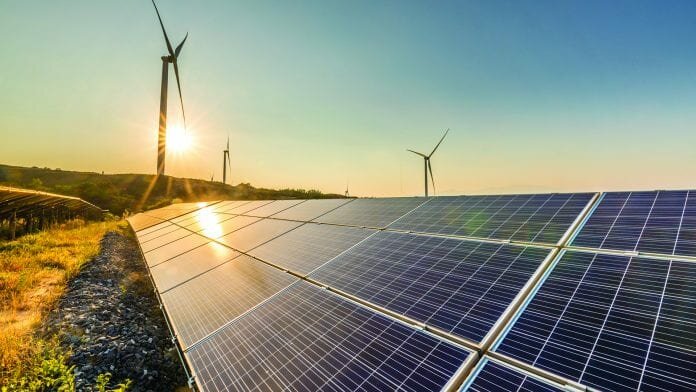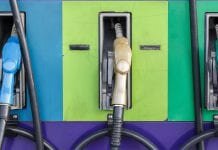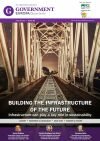
A panel of experts at this year’s European Development Days explored whether access to sustainable energy can help redress inequalities in Africa.
As the modern world enters the new stages of technology, the divide between Africa and Europe seems to be growing ever greater. A large part of the world is being left behind with more than 600 million Africans lacking access to electricity, the highest proportion of households without power in the world, it is very apparent that access to sustainable energy needs to become a priority for development. The conference explored the potential of public and private partnerships and how and why they are needed in order to reduce the energy gap.
Identifying potential in Africa
With a total population of 1.2 billion people, 600 million of whom lack access to electricity, it is apparent that the expansive implementation of renewable energy would reduce this significant deficit. With the benefits of clean, reliable electricity, new-style private-public partnerships must deliver small-scale, off-grid energy to rural communities; as well as large-scale generation and transmission infrastructure.
Megan Richards, Director of Energy Policy at the European Commission’s DG Energy, said: “From our perspective the potential in Africa for providing access to the 600 million people who are there, through new clean renewable, distributed, off grid solutions, has huge potentials.”
One of the most important things that we can do is to encourage private sector investment in renewable energy in order to reduce inequalities and ensure that Africa is able to reach its potential. So why does the private sector still appear somewhat reluctant to invest in a system that has already stood the test of time, through trial and error?
The issue of private sector funding
The objective is to unlock billions of euros of private investment in large-scale electricity generation and transmission of infrastructure. These partnerships are seen by the developing community as key aspects in achieving the 2030 Agenda’s Sustainable Development Goal of universal access to sustainable energy.
Currently only 44% of Africa’s population benefits from access to electricity in Africa; and it is estimated that by 2030, 90% of the world’s people without access to electricity will be based in Africa. Stefano Signore, Head of the Directorate-General for International Cooperation and Development’s Sustainable Energy and Climate Change Unit at the European Commission, said: “We want to work with partnerships, such as the alliance. We do not intend to remove or reduce the risk that the private investor will make, but it is the risk which hampers the mobilisation of the funding from private areas.”
Sanoussi Bilal, Head of Trade, Investment and Finance at the European Centre for Development Policy Management, said: “All the private sector [entities] we talk to have said that they have no bankable projects.” Private sectors invest in profitable and bankable solutions, while donors can provide a grant or subsidy, setting up a mechanism that allows the private sector to find a viable model for investment. By removing the risk associated with investment in this area, private sector investments are projected to increase.
What is being done to tackle these issues?
The challenge posed by infrastructure is very complex and requires a strong partnership of collaborations in order to address the pipeline and risk issues. The Global Infrastructure Facility (GIF) seeks to mobilise private sector investment for access to sustainable energy, as the limited public sources available fall short of providing enough in order to reduce the inequality gap. Private sector sources tell us that money is not really the issue and that the real issues occupy three levels: governance issues, inability to see the pipelines of investing and the risk of investing itself.
There is no doubt that progress has been made in investing, with GIF alone approving about 70 activities globally; 28% of which are in Africa. Jason Lu, Head of the Global Infrastructure Facility, said: “In terms of our experiences within Africa, we are supporting a number of hydro projects.” This is an indication of progress in terms of access to sustainable energy in Africa; and one step closer towards the reduction in inequalities in African society.
Is there hope for the future?
In the meantime, public organisations and private businesses still have to find common ground to avoid white elephant projects of the past. By the end of the conference we were left to conclude that public-private partnerships will have to move away from an aid-based approach to the energy sector and instead ensure that African resources and infrastructure are being managed by Africans for Africans.


















